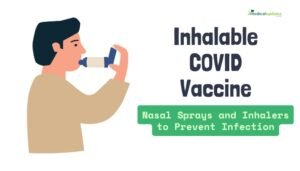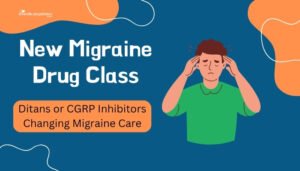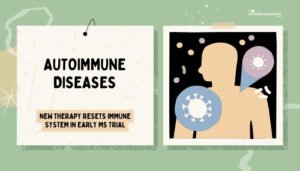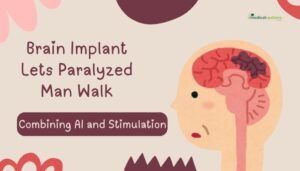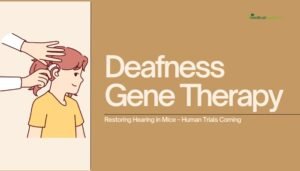mRNA for Autoimmune Diseases: Vaccine-Like Therapy for MS and Beyond
Introduction Autoimmune diseases occur when the immune system mistakenly attacks the body’s own cells, leading to inflammatory damage in various tissues. Conditions like multiple sclerosis (MS), rheumatoid arthritis, and type 1 diabetes often require immunosuppressants that come with broad side...
Read MoreInhalable COVID Vaccine: Nasal Sprays and Inhalers to Prevent Infection
Introduction While injections remain the most familiar method for administering COVID-19 vaccines, a new generation of inhalable or nasal vaccines has emerged. These vaccines deliver immunization directly into the respiratory tract—the virus’s main gateway—potentially inducing stronger mucosal immunity and offering...
Read MoreNew Migraine Drug Class: Ditans or CGRP Inhibitors Changing Migraine Care
Introduction For those living with migraines, debilitating headaches can disrupt work, family time, and daily activities, often accompanied by throbbing pain, nausea, and sensitivity to light or sound. While triptans and over-the-counter pain relievers have helped many, these treatments don’t...
Read MoreObesity Drug for Teens: FDA Approves Weight Loss Injection for Adolescents
Introduction Childhood and teen obesity have reached alarming rates, posing significant health risks that can extend into adulthood—like diabetes, high blood pressure, and heart disease. While lifestyle changes remain the cornerstone of weight management, not all adolescents achieve meaningful or...
Read MoreAutoimmune Diseases: New Therapy Resets Immune System in Early MS Trial
Introduction Multiple sclerosis (MS) is a chronic autoimmune disease in which the immune system mistakenly attacks the protective myelin sheath covering nerve fibers, causing symptoms like fatigue, numbness, and mobility issues. While current MS treatments aim to dampen inflammation, none...
Read MoreBrain Implant Lets Paralyzed Man Walk: Combining AI and Stimulation
Introduction Spinal cord injuries that result in paralysis often leave few treatment options beyond rehabilitation, assistive devices, or experimental therapies. But a recent breakthrough integrates brain implants, AI-driven decoding, and spinal cord stimulation, enabling a paralyzed patient to regain controlled...
Read MoreDeafness Gene Therapy: Restoring Hearing in Mice – Human Trials Coming?
Introduction From congenital deafness to noise-induced hearing loss, hearing impairment affects millions worldwide. Conventional aids, like hearing aids or cochlear implants, improve sound detection but can’t fully restore normal hearing. Now, gene therapy promises a more direct route by tackling...
Read MoreSleep Apnea Implant: A New Device That Helps When CPAP Fails
Introduction Obstructive sleep apnea (OSA) affects millions worldwide, characterized by repeated breathing interruptions during sleep due to relaxed throat muscles blocking the airway. Standard continuous positive airway pressure (CPAP) machines can be effective but often prove challenging for some users...
Read MoreStem Cell Therapy for Stroke: New Trials Try to Regrow Brain Cells
Introduction Stroke—whether ischemic or hemorrhagic—remains a leading cause of disability, robbing survivors of speech, mobility, and independence. Traditional rehabilitation can only do so much if significant brain tissue is lost. However, recent clinical trials are investigating stem cell therapy for...
Read MoreValley Fever Vaccine: Scientists Close to a Vaccine for a Fungal Disease
Introduction Valley fever—also known as coccidioidomycosis—is a fungal infection most prevalent in the Southwestern United States, parts of Mexico, and Central/South America. Often caused by inhaling spores of Coccidioides fungi, it can lead to symptoms ranging from mild flu-like illness...
Read More

